Croton Plant
₹199
The Croton Plant (Codiaeum variegatum) is a stunning tropical evergreen shrub renowned for its vibrant foliage. With leaves boasting an astonishing array of colors, from deep reds and oranges to chartreuse greens and yellows, the Croton Plant is a showstopper in any indoor or outdoor space. Its unique leaf shapes and dramatic color variations make it a highly sought-after ornamental plant for adding a touch of the tropics to homes, offices, and gardens.
38 people are viewing this product right now
🔥 12 items sold in last 3 hours
The Crouton Plant (Codiaeum variegatum) is a stunning tropical evergreen shrub renowned for its vibrant foliage. With leaves boasting an astonishing array of colors, from deep reds and oranges to chartreuse greens and yellows, the Croton Plant is a showstopper in any indoor or outdoor space. Its unique leaf shapes and dramatic color variations make it a highly sought-after ornamental plant for adding a touch of the tropics to homes, offices, and gardens.
Key Features & Benefits
- Vivid Foliage: The Croton Plant is prized for its incredibly diverse leaf coloration, ranging from subtle pastels to bold, fiery hues.
- Low Maintenance: While it requires some attention, the Croton Plant is relatively easy to care for, making it suitable for both experienced and novice gardeners.
- Air Purifier: Like many plants, the Croton Plant helps improve indoor air quality by absorbing toxins and releasing oxygen.
- Versatility: It can be grown indoors as a houseplant or outdoors in warmer climates as a vibrant shrub or hedge.
- Unique Aesthetic: Its striking appearance adds a touch of the exotic to any environment, making it a conversation starter.
Plant Care Guide
Ideal Plantation Locations
Croton Plants thrive in warm, humid climates with bright, indirect light. They prefer well-draining soil rich in organic matter. Suitable regions include tropical and subtropical areas.
Planting & Gardening Instructions
- Location: Choose a location with bright, filtered light. Avoid direct sunlight, which can scorch the leaves.
- Soil Preparation: Use a well-draining potting mix. A blend of peat moss, perlite, and orchid bark works well.
- Planting: Gently remove the plant from its nursery pot. Place it in the prepared pot, ensuring the top of the root ball is slightly below the rim. Fill in with potting mix, pressing gently to eliminate air pockets.
- Spacing: If planting multiple Crotons, space them 2-3 feet apart to allow for adequate air circulation.
Watering
Water the Croton Plant regularly, keeping the soil consistently moist but not waterlogged. Allow the top inch of soil to dry out slightly between waterings.
Fertilizers
Fertilize monthly during the growing season (spring and summer) with a balanced liquid fertilizer diluted to half strength.
Re-potting Instructions
Re-pot the Crouton Plant every 1-2 years in the spring, using a slightly larger pot. Choose a pot with drainage holes to prevent root rot.
Fruiting Season
Crouton Plants produce small, inconspicuous fruits. However, they are primarily grown for their ornamental foliage.
Usage Ideas
- Indoor Plants: Ideal for brightening up living rooms, bedrooms, and offices.
- Outdoor Shrubs: Adds a vibrant touch to gardens, patios, and balconies in warm climates.
- Container Plants: Can be grown in decorative containers for balconies, decks, and terraces.
- Gifting: Makes a unique and memorable gift for plant lovers.
Care Tips
- Pest Control: Regularly inspect for pests like scale insects and mealybugs. Treat infestations promptly with insecticidal soap or neem oil.
- Pruning: Prune lightly to shape the plant and encourage bushier growth.
- Mulching: Apply a layer of organic mulch around the base of the plant to retain moisture and suppress weeds.
Only logged in customers who have purchased this product may leave a review.
₹99

Related products
Designed, Developed & Maintained by Growww.
Copyright © 2024 Ashok Chakra Nursery

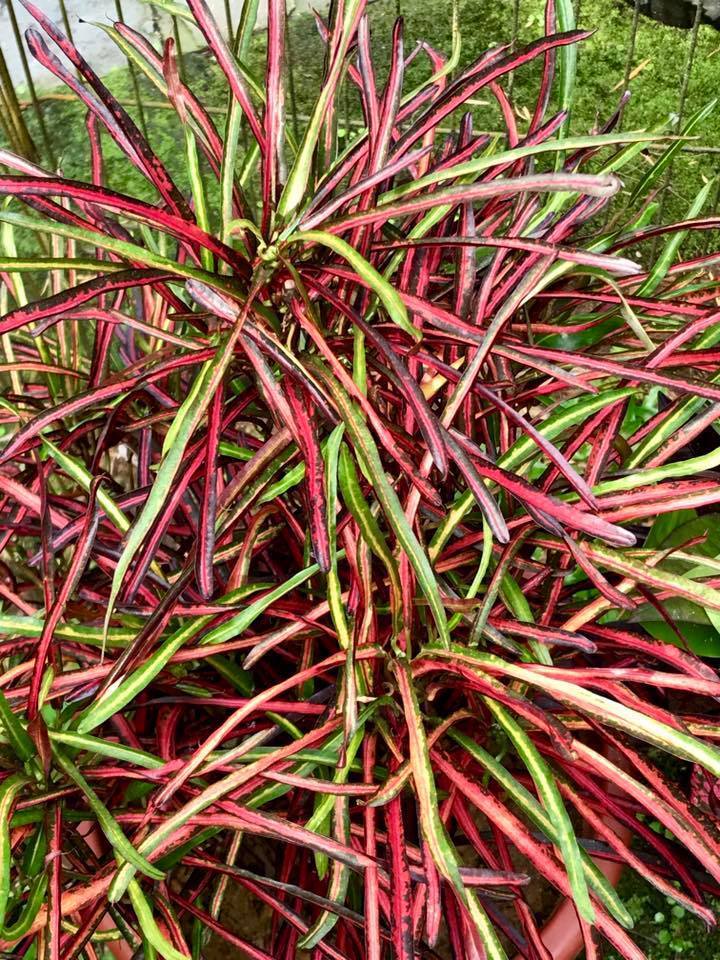
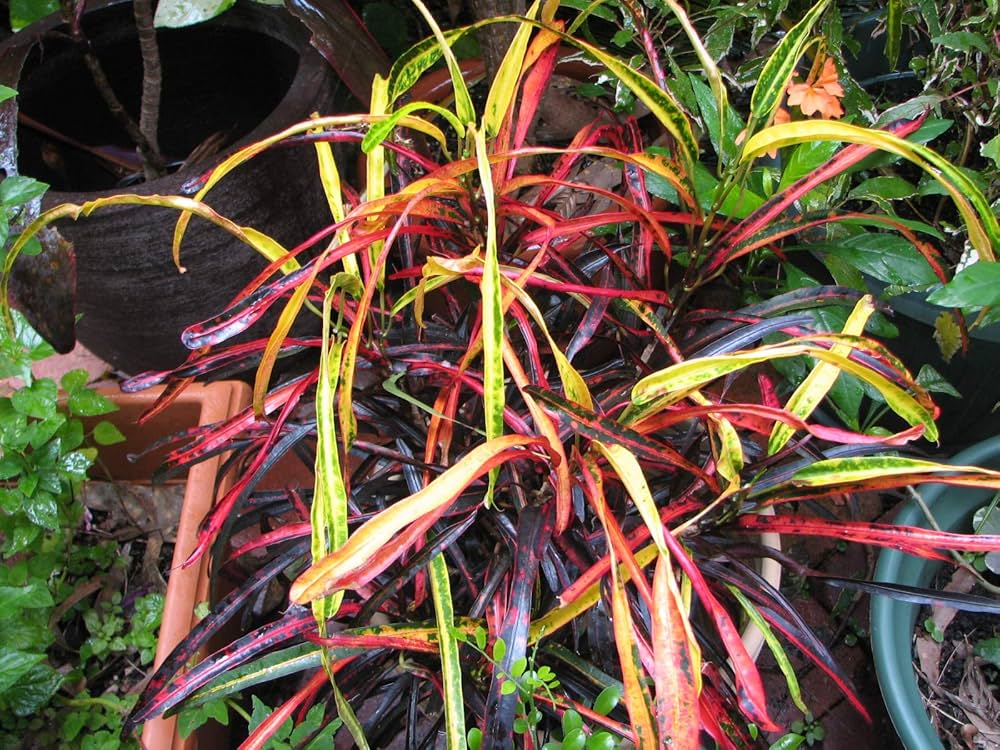
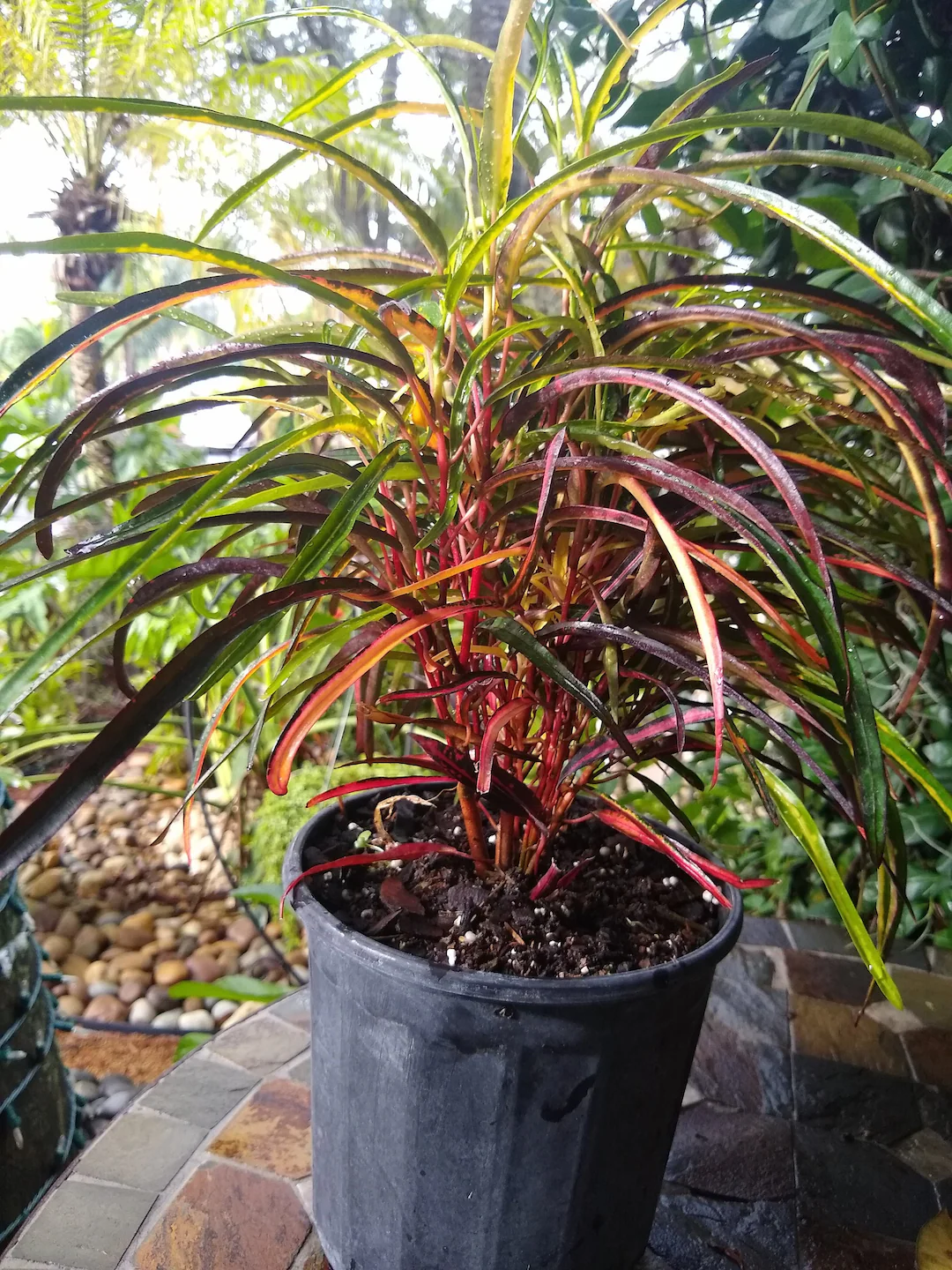
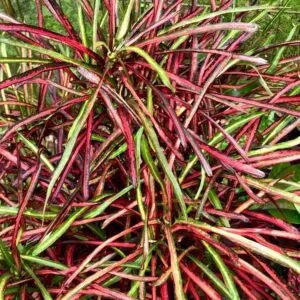

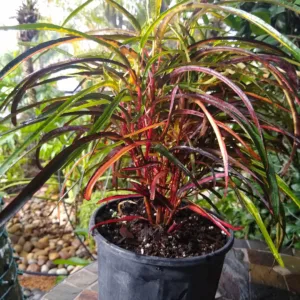

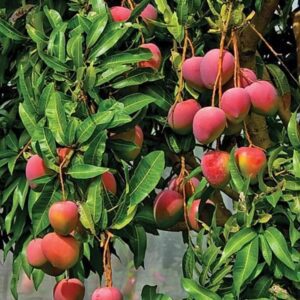
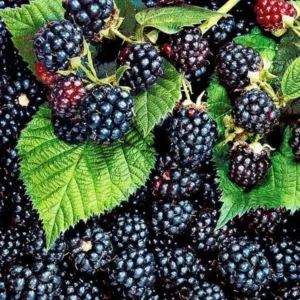
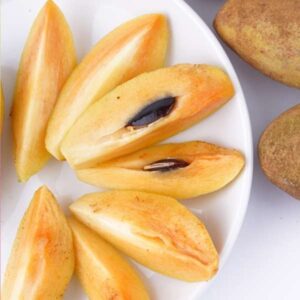
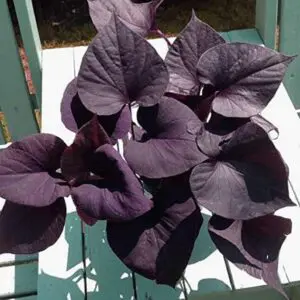
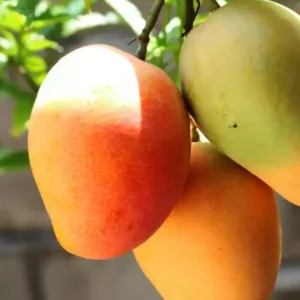
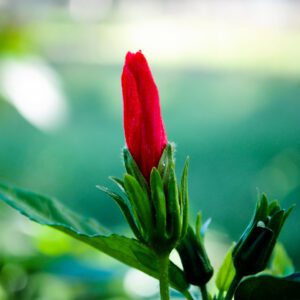
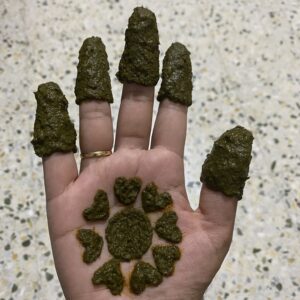
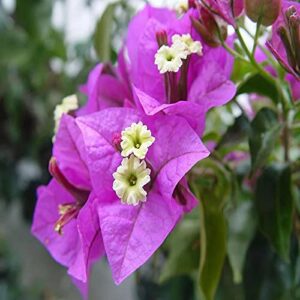
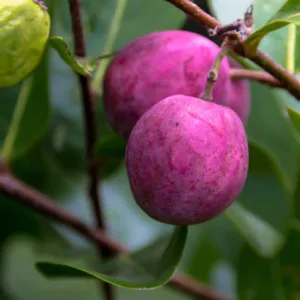
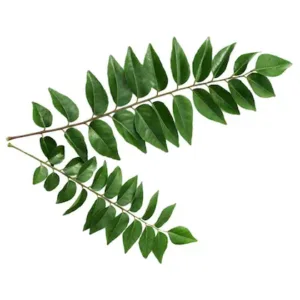
Reviews
There are no reviews yet.